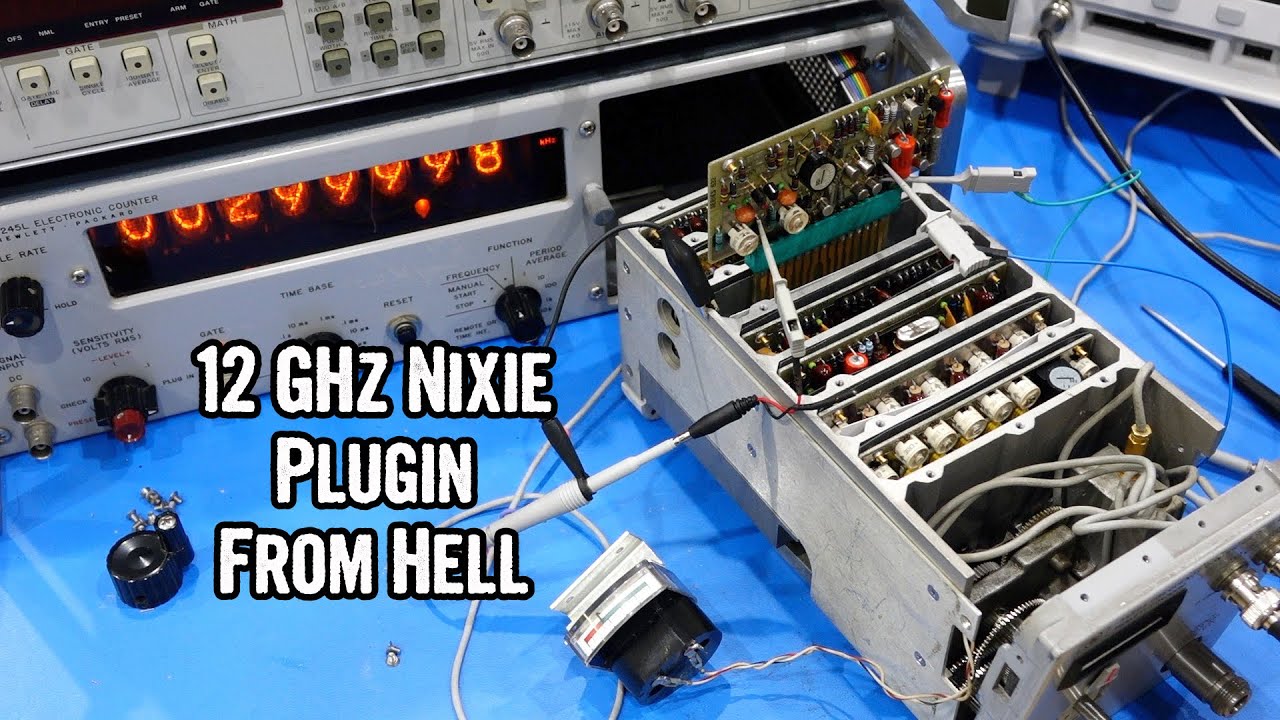When you’re confronted with a piece of vintage electronics you’ve picked up at a bargain price at a flea market or auction site, found it totally dead on arrival, and opened it up for a first peek inside, one of the most dismaying discoveries is, just as it is for archæologists, that “somebody’s already been here”—signs of attempted repairs, bungled reassembly, and replacement of parts with those different from the schematics. After that, you never know what you’re going to find or, in some cases, not find inside.
When the gear involves frequencies in the high microwave range (X band, up to 12 GHz), which was barely possible with transistor electronics when introduced in 1966, and involves microwave circuits that seem to invoke the black arts, pixie dust, and magic smoke as much as Ohm’s law and Maxwell’s equations, the fear factor is compounded because the first rule of design at such frequencies is that “everything interacts”. That turns out to be the case in bringing this unit back to life.
